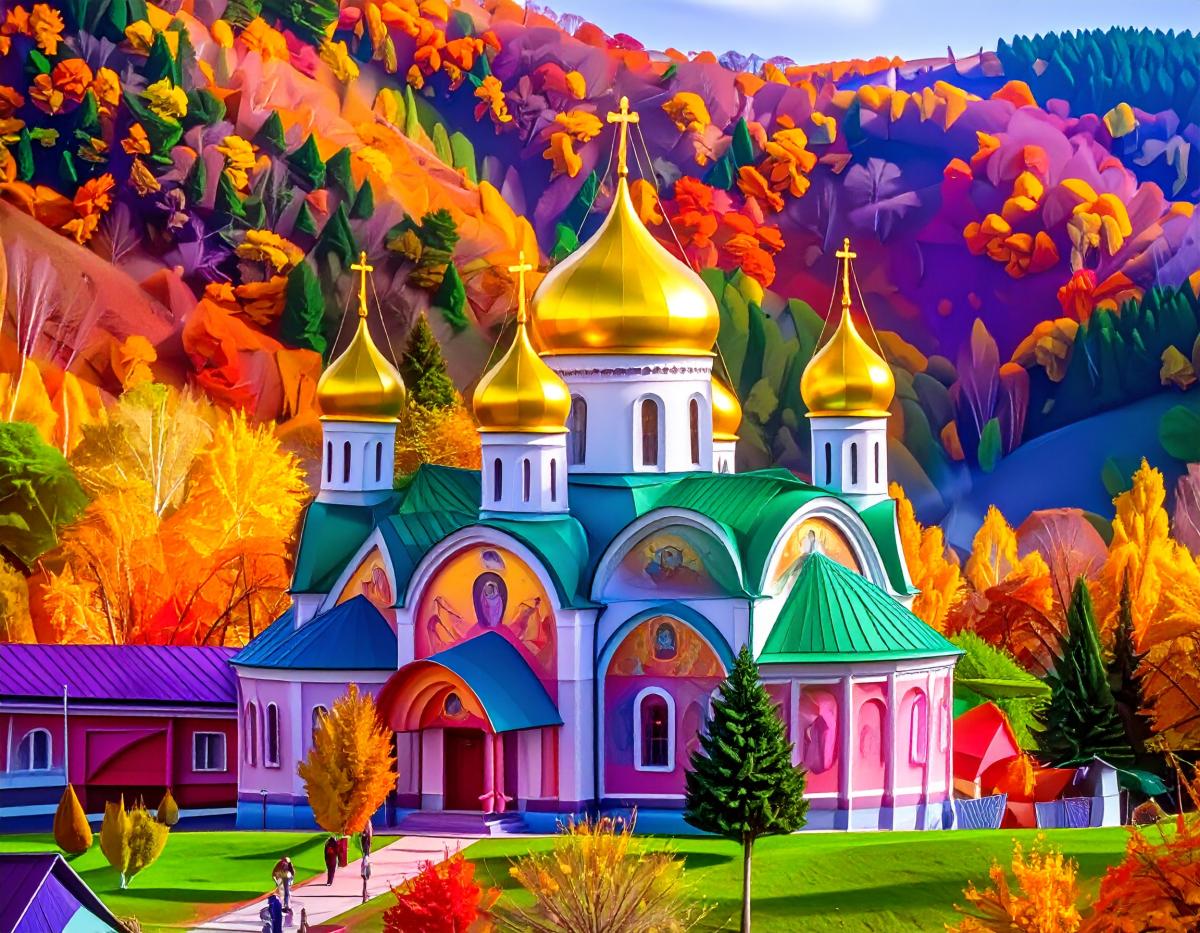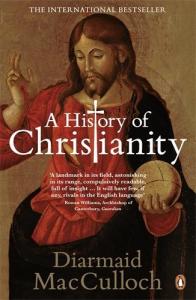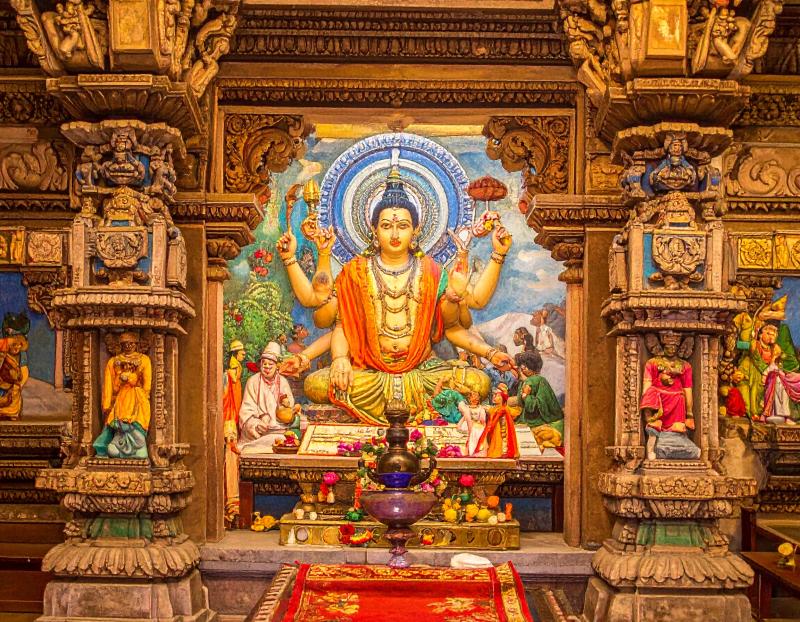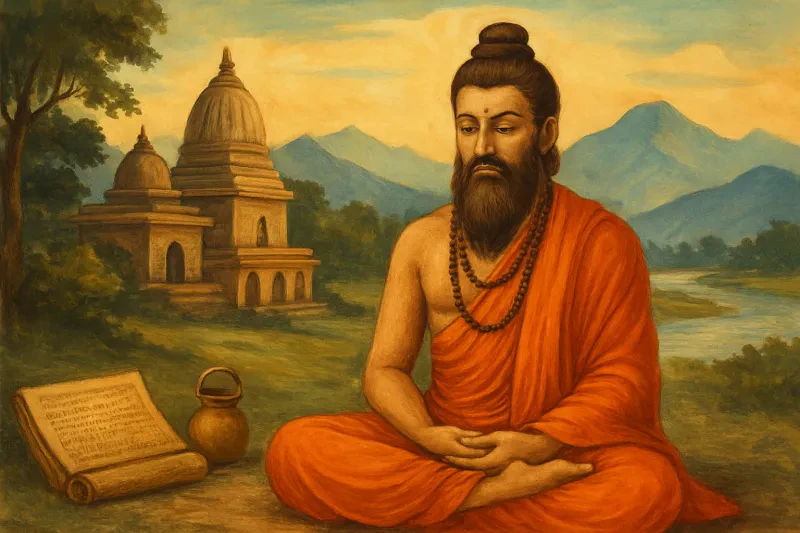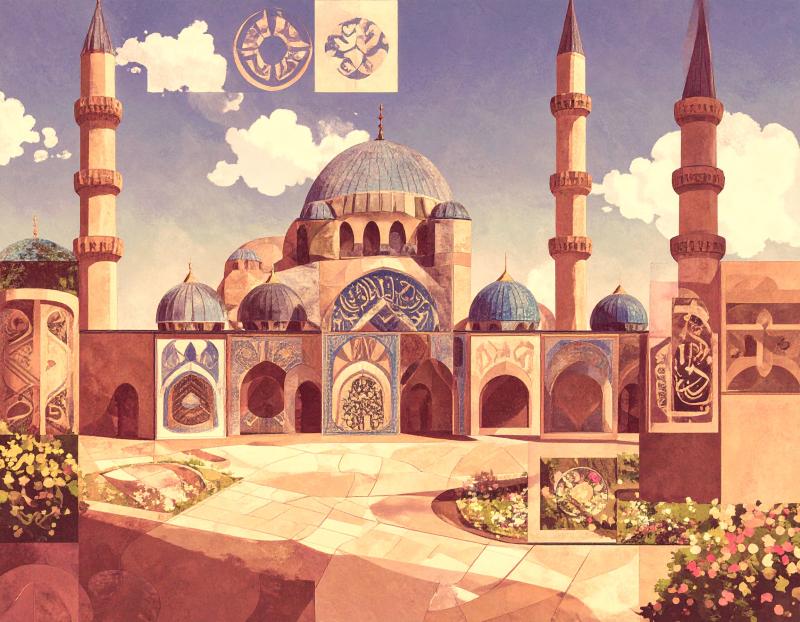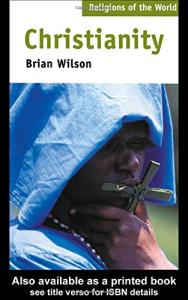Eastern Orthodoxy, a venerable form of Christianity, possesses profound historical foundations and vibrant spiritual practices originating from the nascent periods of the Church. If you’re not familiar with Eastern Orthodoxy, here’s a brief review to get you introduced to its core doctrine, practices, history, and what makes it unique.
Historical Background
Eastern Orthodoxy finds its source in the early Christian communities of the apostolic era. Eastern Orthodoxy arose following the 1054 schism between the Western and Eastern churches. This split was fueled by theological discord, cultural differences, and politics—including the Pope’s status, church governance, and cultural practices.
The Eastern Orthodox Church is autocephalous, with several self-governing jurisdictions. Some of these include the Ecumenical Patriarchate of Constantinople, the Russian Orthodox Church, and the Greek Orthodox Church, among others. All of these jurisdictions have their traditions in addition to the core faith of Eastern Orthodoxy.
Key Beliefs
Eastern Orthodoxy professes belief in the Holy Trinity–Father, Son, and Holy Spirit, and shares much of the same core doctrine as other Christian denominations, such as the importance of the resurrection of Jesus and the authority of the Bible. But a few of the theological accents that characterize Eastern Orthodoxy are.
1. Theosis: A central tenet of Eastern Orthodox theology is the concept of theosis, or deification, which posits that humans are called to become one with God through grace. This radical transformation is about becoming sharers of the divine nature, not just believers in it.
2. Sacraments: The Orthodox Church recognizes seven sacraments, including Baptism, Eucharist, and Confirmation, as critical means of receiving God’s grace—especially the Eucharist as the real presence of Christ in bread and wine.
3. Tradition and Scripture: Eastern Orthodoxy emphasizes the Church Fathers and Ecumenical Councils. Tradition is a living, breathing expression of faith alongside the authority of Scripture.
Worship and Practices
It is an Eastern Orthodox church with a rich liturgical life and symbolism, as well as music and art. The Divine Liturgy is the principal form of worship, observed with much solemnity and ceremony. It often includes:
Icons: The use of religious icons is foundational to Eastern Orthodox spirituality. These icons are portals to God and are honored, not prayed to. Iconography is theology in color and worship in form.
Liturgical Calendar: The Eastern Orthodox Church follows a liturgical calendar filled with feast days, fasting periods, and celebrations. Great Lent, culminating in Pascha (Easter), and other meaningful seasons such as Nativity and Theophany are marked with special services, fasting, and prayer.
Prayer: The practice of prayer is fundamental to the Orthodox way of life. Among other things, many Orthodox Christians say prayers every day – including the Jesus Prayer, “Lord Jesus Christ, Son of God, have mercy on me, a sinner” – to develop that personal relationship with God.
Community and Spiritual Life
Eastern Orthodoxy emphasizes community and the shared nature of worship. The church is not a building, but a living community of believers. Community and support with other parishioners is important, as is faith in the Body of Christ.
Spiritual life in the Eastern Orthodox tradition focuses on ascetical practices like fasting and prayer. Spiritual direction from the clergy, especially spiritual fathers, is prevalent, encouraging a profound sense of accountability and guidance in one’s spiritual path.
Current Issues and International Footprint
Today, Eastern Orthodoxy confronts both challenges and opportunities in a rapidly changing world. Problems like secularism, globalization, and interfaith dialogue pose challenges but also open possibilities for engaging with modernity in fidelity to the tradition. Moreover, Eastern Orthodoxy enjoys a worldwide presence, not only in Russia, Greece, Serbia, and Ethiopia, but also in increasing numbers in the West.
Conclusion
Eastern Orthodoxy, with its deep history, theological depth, and colorful worship, presents a unique strand of Christianity. By comprehending its creed and rituals, you can glean key lessons not just about Orthodox Christianity but Christianity as a whole.
A History of Christianity: The First Three Thousand Years
by Diarmaid MacCulloch
Product information
Product Review Score
4.46 out of 5 stars
122 reviews